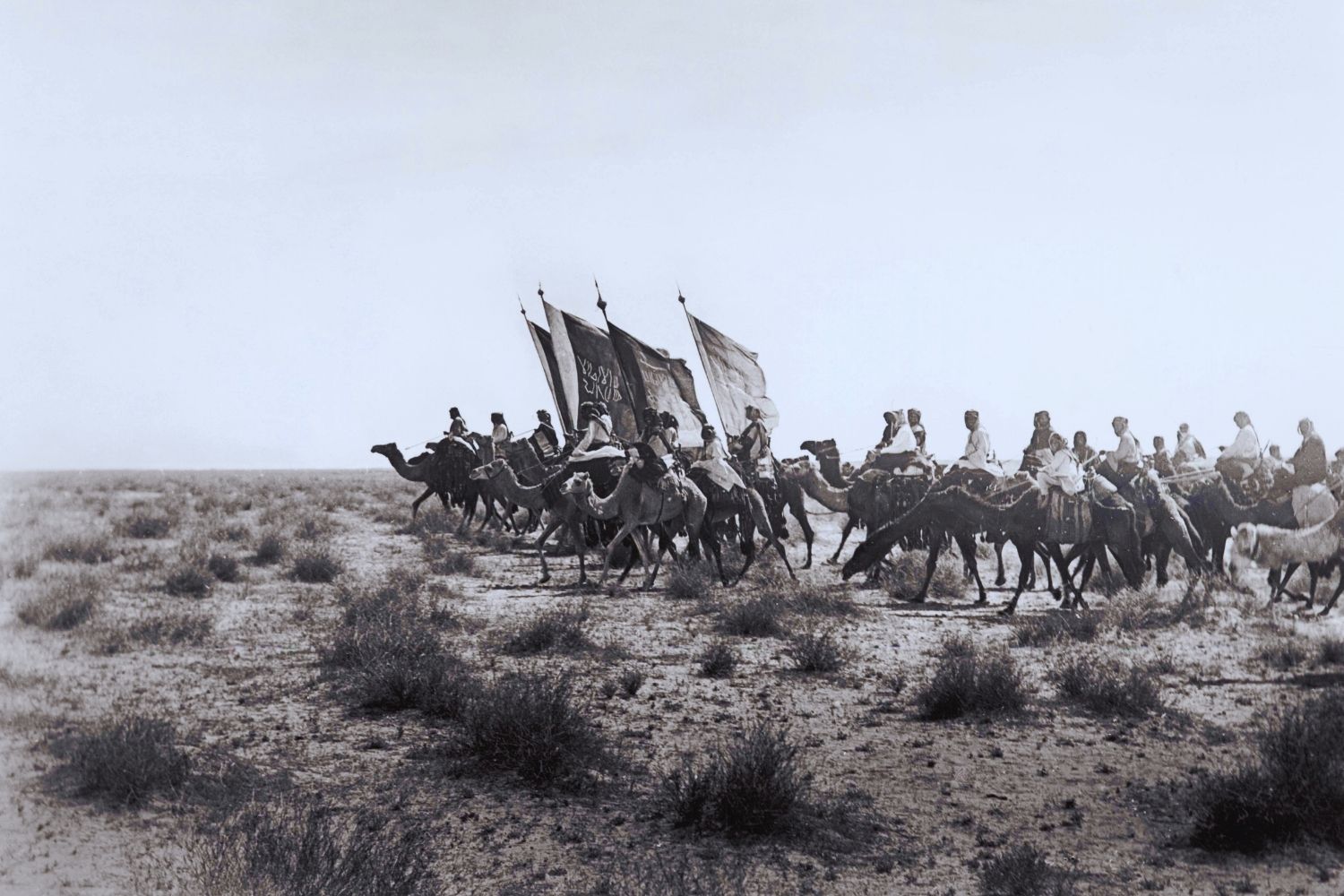
The Kuwaiti–Rashidi War is a lesser-known yet significant conflict that shaped the history of the Arabian Peninsula. Fought between 1900 and 1901, this war saw the forces of Sheikh Mubarak Al-Sabah of Kuwait clashing with the Rashidi dynasty of Hail. The conflict was driven by territorial disputes and power struggles, impacting the region's political landscape. Understanding this war provides insight into the roots of modern-day Kuwait and its neighboring regions. In this blog post, we'll explore 25 intriguing facts about the Kuwaiti–Rashidi War, shedding light on its causes, key battles, and lasting effects. Buckle up for a historical journey through one of the Arabian Peninsula's pivotal moments!
Key Takeaways:
- The Kuwaiti–Rashidi War, fought in the late 19th century, shaped the Arabian Peninsula's history and led to the rise of Kuwait as a regional power.
- Key figures, strategic battles, and alliances played crucial roles in the outcome of the Kuwaiti–Rashidi War, influencing the region's political landscape and future conflicts.
Background of the Kuwaiti–Rashidi War
The Kuwaiti–Rashidi War was a significant conflict in the Arabian Peninsula during the late 19th century. It involved the Emirate of Kuwait and the Rashidi Emirate of Hail. This war shaped the region's political landscape and had lasting impacts.
- The war began in 1900 and lasted until 1901.
- It was primarily a territorial conflict over control of northern Arabian territories.
- Mubarak Al-Sabah, the ruler of Kuwait, led the Kuwaiti forces.
- The Rashidi forces were commanded by Emir Abdulaziz bin Mutaib.
- The war was part of a larger struggle for dominance in the Arabian Peninsula.
Key Battles and Strategies
Several key battles and strategies defined the course of the Kuwaiti–Rashidi War. These engagements were crucial in determining the war's outcome.
- The Battle of Sarif was one of the major battles, occurring in March 1901.
- Kuwaiti forces used guerrilla tactics to counter the Rashidi's larger army.
- The Rashidis employed traditional cavalry charges, which were effective in open desert battles.
- Mubarak Al-Sabah's strategic alliances with local tribes played a crucial role.
- The war saw the use of modern rifles and artillery, a shift from traditional weapons.
Impact on the Region
The Kuwaiti–Rashidi War had significant repercussions for the Arabian Peninsula, influencing political alliances and territorial boundaries.
- The war weakened the Rashidi Emirate, leading to its eventual decline.
- Kuwait emerged as a more influential power in the region.
- The conflict strained relations between Kuwait and the Ottoman Empire, which supported the Rashidis.
- The war fostered closer ties between Kuwait and the British Empire.
- It highlighted the importance of controlling trade routes in the Arabian Peninsula.
Notable Figures
Several key figures played pivotal roles in the Kuwaiti–Rashidi War, shaping its course and outcome.
- Mubarak Al-Sabah, also known as Mubarak the Great, was a central figure in Kuwaiti history.
- Emir Abdulaziz bin Mutaib was a prominent leader of the Rashidi Emirate.
- Sheikh Jaber Al-Mubarak, Mubarak's son, also played a significant role in the conflict.
- British political agents in the region provided support to Kuwaiti forces.
- Local tribal leaders influenced the war's dynamics through their alliances.
Legacy of the War
The legacy of the Kuwaiti–Rashidi War extends beyond the immediate aftermath, affecting the region's history and development.
- The war is remembered as a defining moment in Kuwaiti national identity.
- It set the stage for future conflicts and alliances in the Arabian Peninsula.
- The war's outcome contributed to the eventual formation of modern Kuwait.
- Historical accounts of the war highlight the bravery and resilience of Kuwaiti forces.
- The conflict is studied by historians as an example of early 20th-century Arabian warfare.
The Kuwaiti–Rashidi War's Lasting Impact
The Kuwaiti–Rashidi War left a significant mark on the region's history. This conflict, which saw Kuwait and the Rashidi Emirate clash, shaped the political landscape of the Arabian Peninsula. The war highlighted the strategic importance of alliances and military strength in the region. It also underscored the resilience of the Kuwaiti people and their leaders.
Understanding this war provides valuable insights into the historical context of modern-day Kuwait and its neighboring territories. The lessons learned from this conflict continue to influence regional politics and relationships. By examining the Kuwaiti–Rashidi War, we gain a deeper appreciation for the complexities and dynamics that have shaped the Middle East.
This war's legacy serves as a reminder of the enduring impact of historical events on contemporary geopolitics.
Frequently Asked Questions
Was this page helpful?
Our commitment to delivering trustworthy and engaging content is at the heart of what we do. Each fact on our site is contributed by real users like you, bringing a wealth of diverse insights and information. To ensure the highest standards of accuracy and reliability, our dedicated editors meticulously review each submission. This process guarantees that the facts we share are not only fascinating but also credible. Trust in our commitment to quality and authenticity as you explore and learn with us.
